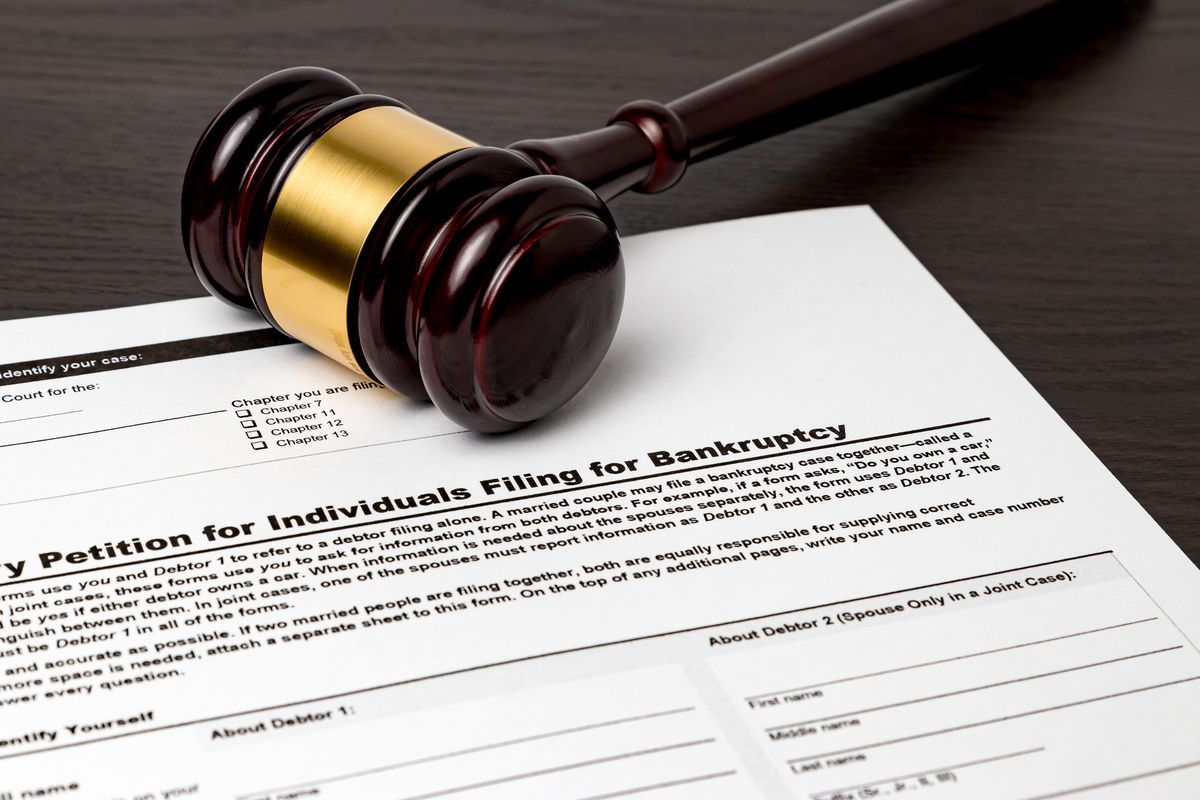Filing for bankruptcy can feel overwhelming, but it might also be the lifeline you need to rebuild your financial stability. If you’re struggling with debt, you’ve probably heard of Chapter 7 and Chapter 13 bankruptcy. These are the two most common types of bankruptcy for individuals, but understanding the difference between them is essential before deciding which path is right for you.
Both options can help you tackle debt, but they work in very different ways. To give you an idea, let’s look at some differences between both options. But, keep in mind, that you should visit a legal professional to know what’s right for you.
1. How Chapter 7 Bankruptcy Law and Chapter 13 Work
The primary difference between Chapter 7 and Chapter 13 bankruptcy is how they handle your debts.
Under Chapter 7 bankruptcy law, most of your unsecured debts, such as credit card balances and personal loans, are discharged. This means you are no longer required to pay them back. However, to qualify for Chapter 7, you must pass a means test to prove that your income is below a certain threshold.
Chapter 13, on the other hand, is more like a repayment plan. Instead of wiping out your debts, it reorganizes them into manageable monthly payments over three to five years. This type of bankruptcy is better suited for individuals who have a regular income and want to keep their assets, like their home or car, while catching up on missed payments.
2. Impact on Your Assets
If you’re worried about losing your property, this is a key area where Chapter 7 and Chapter 13 differ.
With Chapter 7, you might have to sell some of your assets to repay creditors. However, bankruptcy laws allow you to keep certain “exempt” property, like your primary home or essential personal items. Non-exempt assets, such as valuable jewelry, might be sold by the bankruptcy trustee to pay off your debts.
Chapter 13 bankruptcy typically lets you keep all your assets. Instead of liquidating property, you repay your debts through a structured plan. This option is ideal for those who want to avoid foreclosure on their home or repossession of their vehicle.
3. Eligibility Requirements
Not everyone qualifies for both types of bankruptcy, and understanding the requirements can help you figure out your options.
Chapter 7 bankruptcy is only available to individuals who pass the means test, which evaluates your income compared to the median income in your state. If your income is too high, you won’t qualify for Chapter 7 and might need to consider Chapter 13 instead.
For Chapter 13, you must have a reliable source of income. This is because the court expects you to make consistent payments toward your debt over the repayment period. Additionally, Chapter 13 has debt limits, meaning the total amount of secured and unsecured debt you owe must fall below a specific threshold to qualify.
4. Duration of the Process
The time it takes to complete the bankruptcy process can also vary significantly between Chapter 7 and Chapter 13.
Chapter 7 bankruptcy is relatively quick, usually taking about three to six months from start to finish. This makes it an attractive option for people who want to resolve their financial issues as soon as possible.
Chapter 13, on the other hand, requires a longer commitment. The repayment plan lasts between three and five years, depending on your income and the amount of debt you need to repay. While this process takes more time, it offers the opportunity to keep your assets and gradually pay off your debts.




